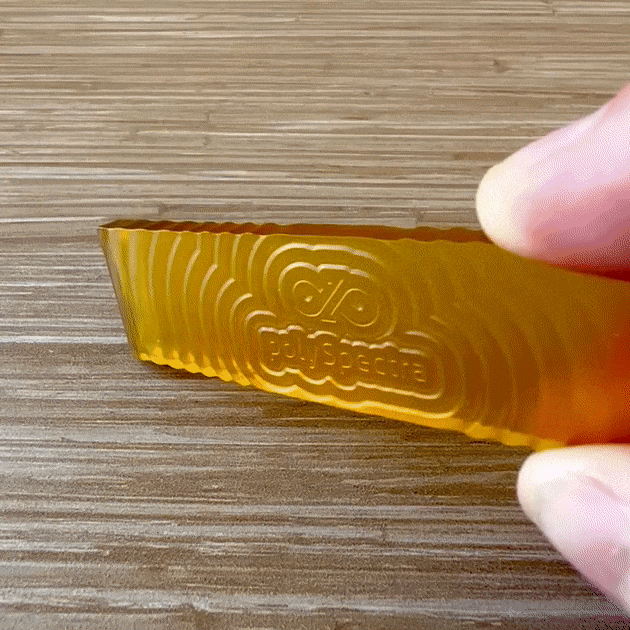Moisture Resistance in Photopolymer Resin 3D Printing
Introduction
The research topic focuses on the importance of moisture resistance in the context of photopolymer resin 3D printing, particularly in stereolithography (SLA), vat photopolymerization, and polymer additive manufacturing. Moisture resistance is a critical property for 3D printed parts as it affects their durability, performance, and longevity, especially in humid environments or when in contact with water. This report provides a detailed analysis of selected sources that contribute valuable insights into understanding and improving moisture resistance in photopolymer resin 3D printing.
Source Analysis
Springer Article on Photopolymerizable Resins
- Relevance: This article reviews the current knowledge on the resin chemistry and printing parameters of acrylate materials in 3D printing. It highlights the need for more research on the mechanical and thermomechanical analysis of resins, which would include moisture resistance.
- Reliability: Published in a peer-reviewed journal, this source is highly reliable and provides an academic perspective on the topic.
- Significance: The article is significant for its in-depth analysis of the factors affecting the mechanical properties of 3D printed materials, including moisture resistance. It also suggests new models and parameters for better understanding, which could guide future research.
Nature Article on Stereolithography System
- Relevance: This article describes a custom-built stereolithography system and its fabrication parameters. While it does not directly address moisture resistance, the control over the printing process could influence the final properties of the printed parts, including their interaction with moisture.
- Reliability: As a publication in a reputable scientific journal, this source is reliable and presents original research.
- Significance: The source is significant for understanding the technical aspects of stereolithography that could affect moisture resistance, such as layer thickness and curing parameters.
ScienceDirect Article on Vat Photopolymerization
- Relevance: The article reviews vat photopolymerization additive manufacturing technologies, emphasizing printing speed, geometry precision, and material selections. It discusses the challenges in vat photopolymerization, which may include moisture resistance.
- Reliability: Published in a peer-reviewed journal, the source is reliable and provides a comprehensive overview of vat photopolymerization.
- Significance: This source is significant for its discussion on the versatile material selections in vat photopolymerization, which could lead to the development of moisture-resistant photopolymer resins.
Nature Article on Vat Photopolymerisation
- Relevance: This article introduces cavity vat photopolymerisation, a method that can create composite materials with different properties, potentially including moisture resistance.
- Reliability: Published in a reputable journal, the source is reliable and presents novel research.
- Significance: The source is significant for its introduction of a new technique that could be used to enhance the moisture resistance of 3D printed parts by creating composites with tailored properties.
ScienceDirect Article on Cellulose Nanofiber in Vat Photopolymerization
- Relevance: The article explores the incorporation of cellulose nanofiber (CNF) into vat photopolymerization resins, which could improve mechanical properties and potentially moisture resistance due to the hydrophobic nature of some CNFs.
- Reliability: As a peer-reviewed journal article, the source is reliable and presents experimental research.
- Significance: The source is significant for its focus on enhancing the properties of vat photopolymerization resins with CNF, which could include improvements in moisture resistance.
Nature Article on Sustainable Recyclable Photoprintable Resins
- Relevance: This article discusses the development of polythiourethane-based resins for vat photopolymerization that are recyclable and can be reprinted. While the focus is on recyclability, the chemical structure of these resins could also influence their moisture resistance.
- Reliability: The source is reliable, coming from a well-regarded scientific journal.
- Significance: The article is significant for its contribution to the development of sustainable resins, which may also lead to advancements in moisture-resistant materials for 3D printing.
NCBI Article on Photopolymerization Technologies
- Relevance: This manuscript reviews three photopolymerization technologies and their after-cured mechanical properties. Understanding these properties is essential for assessing moisture resistance.
- Reliability: The source is reliable as it is published on the NCBI platform and provides a comprehensive review of photopolymerization technologies.
- Significance: The manuscript is significant for its detailed overview of the mechanical properties of light-curable resin materials, which includes considerations for moisture resistance.
Conclusion
The selected sources provide a broad spectrum of information relevant to moisture resistance in photopolymer resin 3D printing. They cover various aspects of the topic, from the basic properties of photopolymer resins to advanced techniques and material enhancements that could improve moisture resistance. Each source contributes unique insights, whether it be through the discussion of resin formulations, printing parameters, or novel composites. The reliability of these sources is generally high, with most being peer-reviewed journal articles. Their significance lies in the potential to guide future research and development of moisture-resistant materials for photopolymer resin 3D printing, which is crucial for the advancement of the field.
Researchers and engineers exploring moisture resistance in photopolymer resin 3D printing should consider these sources as starting points for their investigations. Further research may involve experimental studies to test the moisture resistance of various resins and composites, as well as the development of new materials specifically designed to withstand moisture.
